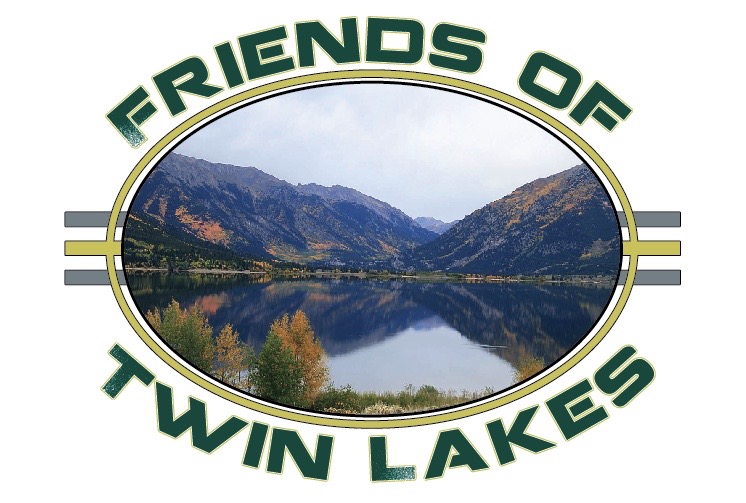History
Our History
Twin Lakes Colorado was originally settled and named “Dayton, Colorado” in 1865. It became an important transportation town, with a name change (Twin Lakes) when gold was discovered in the Aspen area in 1879. The need to move goods and people between the boom towns of Leadville and Aspen drove the development of an old trail over Independence Pass, a narrow rough toll road. The splendor of the valley has been enjoyed through out the years. Twin Lakes was described in 1885 as “the most charming summer mountain resort in Colorado.”
Twin Lakes is a pair of glacier-carved alpine lakes. They are downstream along the Arkansas River. The lakes have a surface area on 2,700 acres, and they serve as a reservoir to store water for use in the Front Range. Both east and west lakes are recreation areas for boating and fishing.
The altitude of the Twin Lakes area ranges from 9,200 feet (2,800 m) to over 9,800 feet (3,000 m). Twin Lakes is in the shadow ofMount Elbert, the highest peak in Colorado at 14,433-foot (4,399 m) summit.
Inter-Laken Hotel
In 1879 a hotel was built on the south shore of Twin Lakes; in 1883 it was purchased by James V Dexter and renamed Inter-Laken. The Interlaken Hotel and Resort sported deluxe accommodations with views of the lakes. It also had a log tavern, pool hall, and outbuildings including a 16-stall horse barn to accommodate guests’ horses with a tack room, storage, and hay loft. The resort also had a milk barn, an ice house, granaries, and laundry. One notable building you can still see today is the six-sided ‘privy’ with a separate room and door for each of six stalls.
You can access this ghost resort by hiking or by boat. Several buildings still remain and foundations of others to see.
Colorado Experience: Twin Lakes, a 26 minute educational and visual must see.
Enjoy the important historical information about Twin Lakes and incredible photography old and new.
Ute Mountain Ute Chairman Manual Heart and Regina Lopez-Whiteskunk, Friends of Twin Lakes members Judy Leaming and Kurt Schweigert, Catherine Kamke from the USFS, and others from History Colorado provide meaningful insight and perspective on the interactions of the U.S. Government, Native Americans, settlers and miners in this part of Colorado. Click the button here to view this educational video.
*******************************************************************************************************************************************


